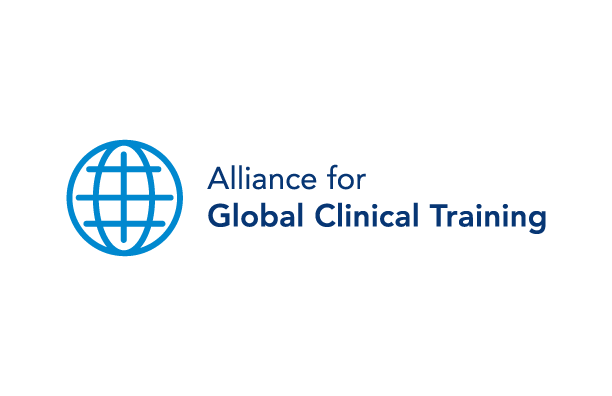November in Dar Es Salaam
My return visit was wonderful as expected. I flew in this time to Zanzibar, where the visa and immigration lines were fairly disorganized, but the airport is small and manageable. I had no trouble getting through customs with the two surgical instrument sets and two Butterfly ultrasound machines to be donated - I was momentarily paused when the luggage was being Xrayed and asked if I was a doctor, then passed through without further questioning. I stayed at the Seyyida Hotel (lovely!) and was able to take a little walk around Stonetown. Some of the nearby sites included Forodhani Park with many food vendors and a gathering of young men singing and jumping/diving off the sea wall into the bay. The following morning, Sunday, I visited Mnazi Moja Hospital, where along with a couple of the Zanzibari surgeons we conducted a brief screening of six dialysis patients for potential arteriovenous fistula. One instrument set and Butterfly ultrasound were left to be used by Mnazi Moja’s fledgling dialysis access program. Then one of the Mnazi Moja surgeons, Dr. Rukia Msoma, and I took a walk to get gelato before catching the last ferry of the day to Dar Es Salaam. Going through customs again in Dar, I was finally asked to actually open the suitcase to show the remaining set of instruments and ultrasound but otherwise had no difficulties.
On Monday, I brought the second set of instruments and Butterfly ultrasound to Amana Hospital, where we conducted another screening in the dialysis unit. Recall that this was the hospital where we had done our last AV fistula “camp” in April to finish the training for the inaugural MUHAS surgeons. Our surgeon learners this trip was the Amana surgeon, Dr. Gilbert Kwesi, who had hosted us in April, and Dr. Rukia from Zanzibar. Three MUHAS surgeons also attended - Drs. Akoko, Fransia and Nashivai. Out of 15 patients screened, 14 were deemed candidates for surgery. We then went back to MUHAS, where we had an informal loupes “ceremony” for Drs. Gilbert, Rukia and Nashivai to receive their new loupes, donated by Designs for Vision. We then went through several practice arteriovenous anastomoses using a chicken neck model.
Over the next five days (Tues-Sat), a total of 16 arteriovenous fistula operations were performed, including three patients who had been screened in Zanzibar. Each patient’s veins were reevaluated on the table prior to prepping using the Butterfly ultrasound. The first two days were primarily me and the two surgeon learners doing the cases together, while the last three days were the Tanzanians (including Dr. Akoko from the first trip) working through the cases supporting each other with me looking over their shoulders and chiming in periodically. Fortunately, we had the two instrument sets from MUHAS and the new instrument set I brought with me to donate to Amana; this allowed us to do 3-4 cases a day without having to wait for instrument reprocessing between each case.
After the last two cases on Saturday, Drs. Akoko, Gilbert, Rukia and I had a wonderful rooftop dinner at the Holiday Inn in the center of Dar Es Salaam. Dr. Leila Nassib, an intern at Amana who helped scrub several of the cases during the week, was also able to attend, along with Dr. Akoko and Rukia's families. The weather was actually quite pleasant and cooperated by not raining on us. The view was amazing looking out over the city and surrounding bay waters.
This trip I tried to have more of a local experience. I stayed at a hotel in the Kariakoo district, a busy working part of town, located between MUHAS and Amana. I used the Bolt app (like Uber/Lyft) to call for bajaji (tuk tuk) rides to and from the hospital each day. I wasn’t quite brave enough to do a boda (motorcycle) ride, although I told myself it was because of the bag of supplies I carried. I even bought vitumbua off the street, and they were delicious! I did learn that bajaji and bodas are not allowed into the airport property, so I had to walk from the gas station at the corner of the intersection to turn into the airport (fortunately not that far to the terminal and my suitcase has wheels). I am looking forward to another visit to Tanzania soon!
